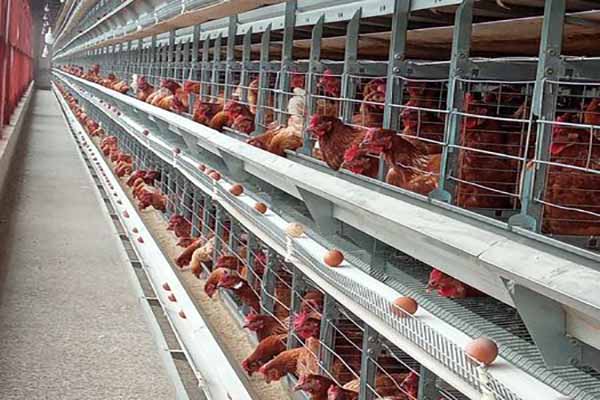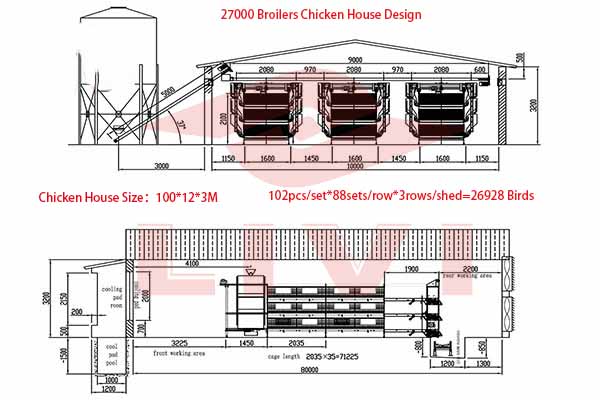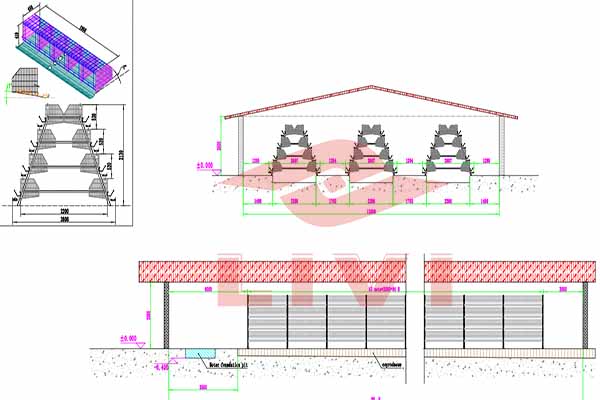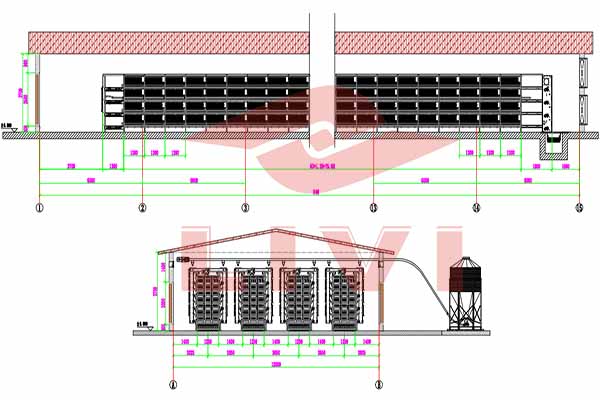Battery Cages for 20,000 Chickens in Kenya: A Comprehensive Guide
Introduction to Battery Cages
Battery cages are a popular method of housing chickens, particularly in commercial poultry operations. They provide a controlled environment that ensures the health and safety of the birds. This article will explore the use of battery cages for housing 20,000 chickens in Kenya, discussing the benefits, considerations, and equipment needed for such a setup.
Benefits of Battery Cages
– Space Efficiency: Battery cages are compact, which makes them ideal for large-scale operations like the one in Kenya.
– Hygiene: The enclosed design of battery cages minimizes the risk of disease transmission.
– Controlled Environment: Temperature, humidity, and ventilation can be regulated easily in battery cages.
– Egg Production: Birds in battery cages often have higher egg production rates compared to free-range systems.
Considerations for 20,000 Chicken Battery Cages in Kenya
– Regulations: Ensure compliance with local regulations regarding the size and conditions of battery cages.
– Ventilation: Adequate ventilation is crucial to maintain a healthy environment for the chickens.
– Water and Feed Supply: Automated systems should be considered to ensure continuous supply of water and feed.
– Manpower: Sufficient labor is required for daily management and maintenance.
Equipment and Layout
– Cages: Opt for high-quality, durable cages suitable for 20,000 chickens.
– Ventilation System: A robust ventilation system is essential for temperature control and air exchange.
– Water and Feeders: Automated systems for water and feed distribution will save time and reduce waste.
– Monitoring Equipment: Install cameras and sensors to monitor the health and well-being of the chickens.
Cost Analysis
– Initial Investment: The cost of setting up a battery cage system for 20,000 chickens can range from $50,000 to $100,000, depending on the scale and quality of equipment.
– Operational Costs: Maintenance, labor, feed, and water will incur additional costs, estimated at $20,000 to $30,000 per month.
Conclusion
Investing in battery cages for 20,000 chickens in Kenya can be a profitable venture. However, it is crucial to consider the various factors involved in setting up and maintaining such a system. By choosing the right equipment, adhering to regulations, and ensuring a healthy environment, you can maximize your poultry operation’s success.
Get a Free Design and Quote
Are you considering a battery cage system for your chicken farm in Kenya? Contact us today to get a free, no-obligation design and equipment quote. Our team of experts will help you create an efficient and profitable poultry operation.





